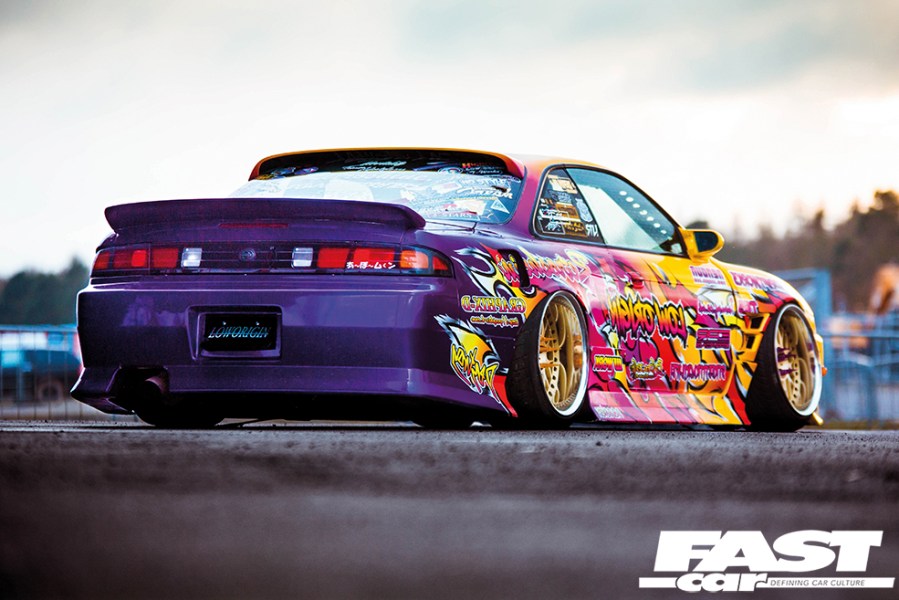Need something to keep you busy in the new year? Here are the best Nissan project cars available on the used market today.
Right now, the modern Nissan product line-up doesn’t do all that much to stir the hearts of car enthusiasts, other than perhaps the Nissan Z. Of course, the GT-R is still just about alive, but I refuse to consider a car first launched in 2007 as ‘new’. It wasn’t always like this though. In fact, turn back the clock a couple of decades, and Nissan was front and center in the modified car and tuning scene. As a result, those hero models of old are now some of the best used car options around. So, to help guide you in the right direction, I’ve compiled a shortlist of the best Nissan project cars that money can buy.
How I chose the cars
While I haven’t had the chance to drive each of these cars myself, I’ve long been interested in the modified and tuning scene. Over many years of experience within this community, I’ve learned what’s hot, and what’s not – in the real world, not just in online comment sections. So, you can relax in the knowledge that this advice is coming from an informed source.
Best Nissan Project Cars
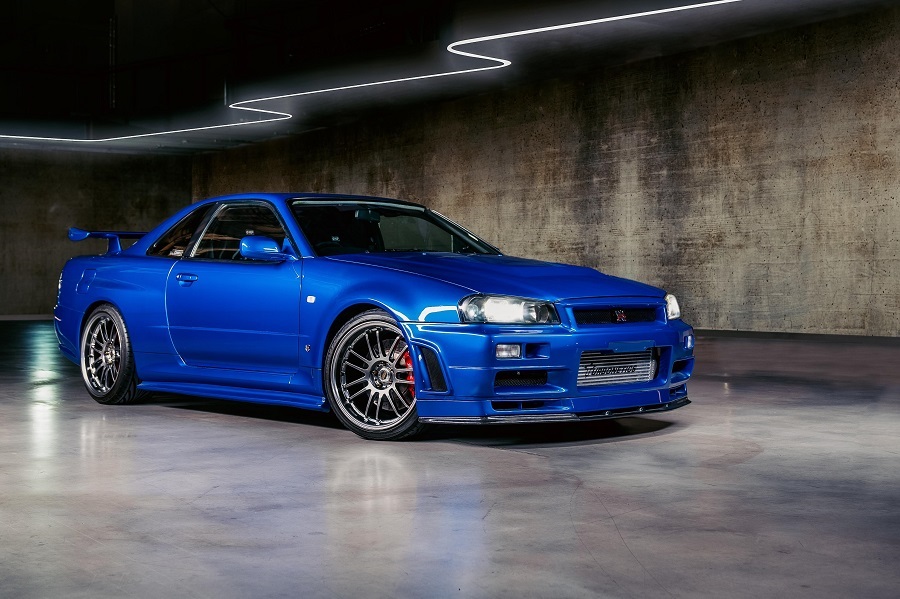
Nissan Skyline GT-R
When it comes to Nissan project cars, the Skyline GT-R is surely the first car to spring into everyone’s mind, whether it be the R32, R33, or R34 generation. The appeal of these cars stems from what’s under the hood. The RB26 straight-six motor is probably the most famous engine to come from Japan, perhaps alongside Toyota’s 2JZ. The reason being is that, having been a fixture of the ’90s, these engines are incredibly well-known, and they’re tuning potential is utterly massive. Nissan designed the engine for Group A motorsport, but detuned it for use in roadgoing GT-Rs. As such, the core internals can cope with way more power than what the cars came with from the factory. So, if you find the right tuner, the sky is the limit when it comes to extracting performance from these things.
Plus, thanks to Nissan’s ATESSA-ETS all-wheel drive system, the GT-R does a good job of putting its power down to the road. You might find though that as the horsepower increases, so too does the amount of understeer you get. So, handling mods are always a good idea to invest in as well. Speaking of which, GT-Rs come with Super HICAS rear steering which was intended to help counteract against that understeer issue. However, it’s a divisive feature, and some drivers prefer to delete it, especially if it’s showing high signs of wear.
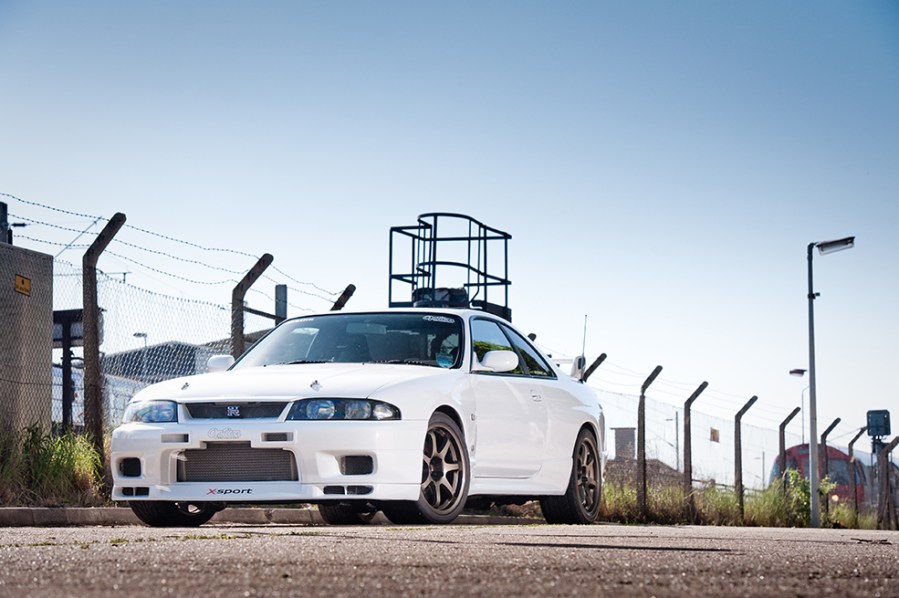
Which generation should I buy?
As for which generation of Skyline GT-R to go for, well there isn’t too much to separate them. Classic Hakosuka GT-Rs are so rare that they aren’t worth sourcing to modify, and if you live anywhere other than Japan, you’ll likely have to import the ’90s-era cars too. The R32 is the car which relaunched the Skyline GT-R brand in a big way, earning the car its ‘Godzilla’ nickname. There’s no such thing as a cheap GT-R anymore, but the R32 is probably the most attainable of them all at this point. That accolade used to go to the R33, but in recent years it seems to have shaken off its reputation as the family misfit. R34 prices, meanwhile, are stratospheric.
It’s also worth pointing out that if you live in the US, R34 GT-Rs are only starting to become legal to import in 2024, so have your wits about you before you sign on the dotted line. All of these cars are variations of the same recipe though, each offering slight incremental differences in terms of engine, drivetrain, and aero. So, while the R34 is the best of the bunch, you wouldn’t be missing out on too much if you opt for an R32.
One final tip – if, like me, you don’t have anywhere near the budget to afford a GT-R, consider buying one of the various Skyline GTS-25 or GT-T models instead. These get the lesser (but still relatively potent) RB25 engine, and are often rear-wheel drive (though some iterations did get AWD too). They can still be on the pricey side, but often represent a much more realistic goal than the full-fat GT-R and can offer a similar amount of fun.
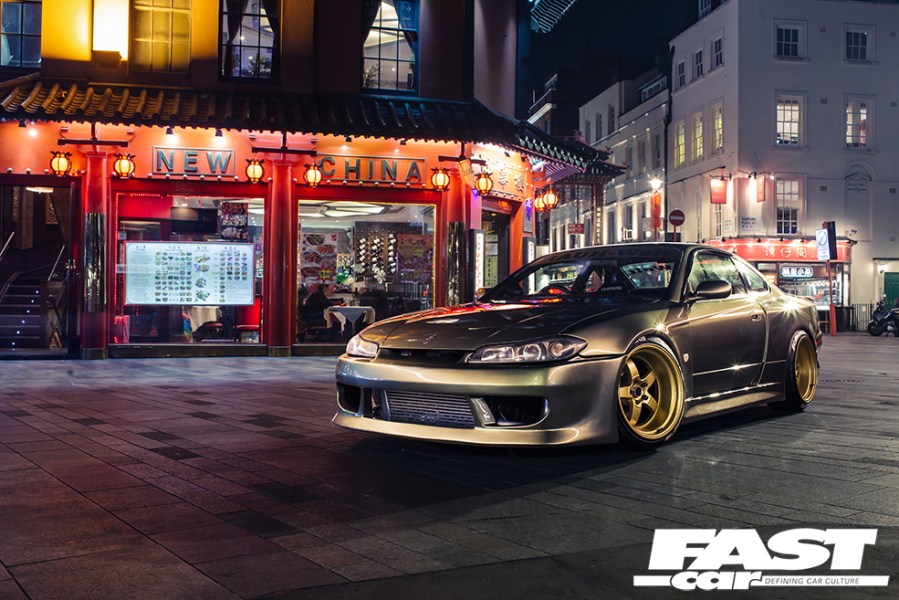
Nissan Silvia
Whereas GT-Rs are suited to the touge or the drag strip, top-spec JDM Silvias are popular with the drifting crowd. Why? Well, it’s simple, they come equipped with rear-wheel drive and a highly tunable engine in the shape of the SR20 inline-four. Though, that’s not to say you have to drift them. In fact, given how many Silvias have been lost to the drift missile scrap heap, you’d be doing the car community a favor by doing something else with yours.
Over the years, the Nissan Silvia has gone through many phases, and both the older S13 and S14 generations are just as popular as the final S15 iteration (pictured). In the States, only the S13s and S14s were officially imported when new, but the JDM S15 starts to become legal for import in 2024, having first been produced in 1999. So, expect S15 prices to rise! For that reason, you may find that the older generation cars are both easier to source and cheaper to buy.
However, if money is no object, the Silvia that I’d personally go for is the S15 Spec R. This version boasts a tighter chassis including thicker anti-roll bars, more powerful brakes from the Z32 300ZX, and a helical limited-slip differential. The turbocharged SR20-DET was then mated to a six-speed manual gearbox, rather than a five-speed. And on top of that, it’s all wrapped up in what I would argue is the most attractive Silvia body style of them all.
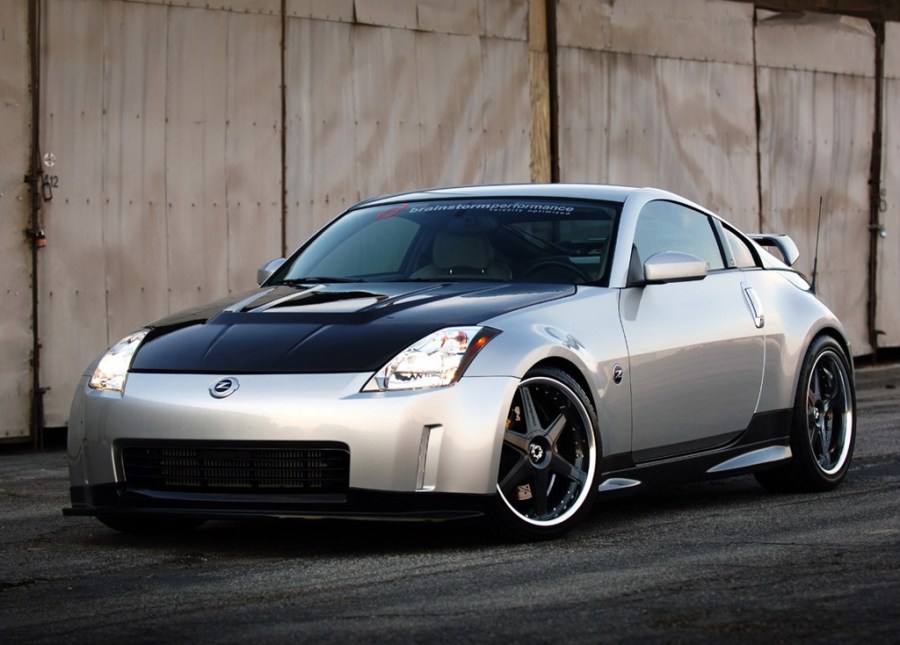
Nissan 350Z
If it’s bang for buck that you’re after, the Nissan 350Z has to be one of the best used cars available right now. A relative commercial success worldwide, they’re easy to find listed for sale no matter where you’re reading this from, and for now, prices are still very much down to earth.
What you’re getting when you buy a 350Z is a grand tourer, rather than an outright sportscar. But make no mistake, you can still throw it around and have fun with it. 350Zs are increasingly common sights on the drift circuit as well as on the street, partly due to their affordable price tags, and partly because the platform makes a lot of sense if you’re a sideways merchant. These are rear-wheel drive and have a limited-slip diff (if you get one of the upper trim levels), plus a meaty V6 up front.
Stock, the VQ35 engine produces between 285-305hp depending on model year, but you can certainly tempt more ponies out of it if you go down the tuning route. That’s another great thing about the 350Z – it’s a popular entry-level tuner car, so there’s a thriving aftermarket and community surrounding it. Some people dislike the raspy sound of the VQ engine, but personally I quite like it. If you’re on my side of the argument, there really is a lot to love about this 2000s Fairlady.
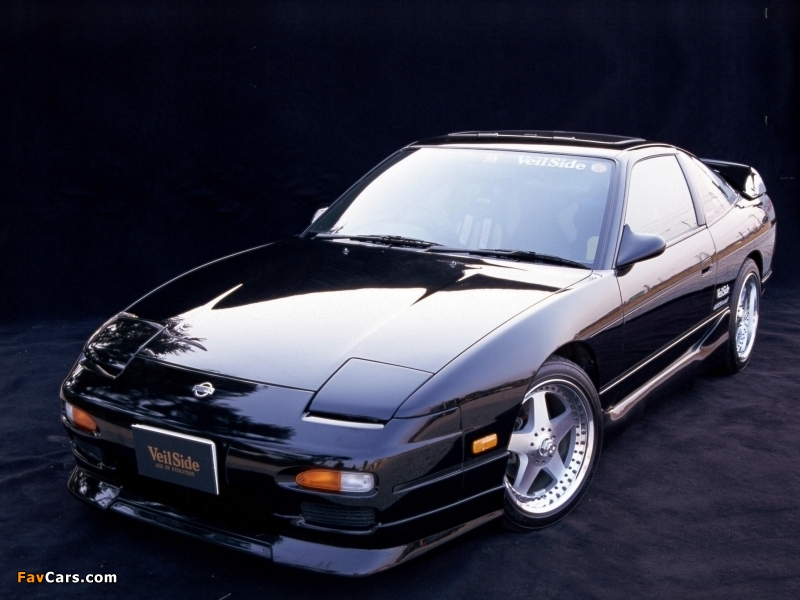
Nissan RPS13
Even for certified nerds like myself, the Nissan S-Chassis codes can be a bit tricky to get your head around. The S-Chassis platform is the basis from which the aforementioned generations of Silvia come from, but back in the late ’80s and early ’90s, there was an entirely different style of coupe available alongside the S13 Silvia, which was also part of the S-Chassis family. Identified by its hatchback tailgate and revised front styling with pop-up headlights, this car bore plenty of names depending on which market or trim level it represented. 180SX, 200SX, 240SX, for example. But to keep things simple, many people refer to it by its chassis code – RPS13. By contrast, the regular Silvia S13’s chassis code is simply PS13. Still with me?
Anyway, the RPS13 shares pretty much all of its mechanical DNA with the S13-generation Silvia. That means that it essentially has the same rewarding handling traits and (in JDM spec) the same SR20 powertrain from the 1991 model year onwards. The RPS13 hung around in production for a little over a decade between 1988-1999, and during that time it went through three main evolutions, before sprouting further aero-based off-shoots. Officially, these thee evolutions are designated as Type I through to Type III, but you might also hear them referred to as the ‘Zenki’, ‘Chuki’, or ‘Kouki’ RPS13s, respectively.
The ‘Sileighty’ trend
To add to the confusion, you might come across something called a ‘Sileighty’, like the car in the video above. This is when an RPS13 receives a PS13 front end swap. It was a trend which came about in the ’90s when drifters needed a quick fix for their drift cars, and since the bodywork is largely interchangeable, PS13 front ends would suffice in times of need. The modification soon gained popularity though, and by 1998, a tuning house called Kids Heart would go on to offer ‘official’ Sileighty kits – the name being a blend of Silvia and 180SX. Alternatively, an ‘Onevia’ S13 is a Silvia S13 with a 180SX RPS13 front end swap. Top marks if you can remember all that!
All you really need to know is this: the RPS13 offers cool retro styling and a playful handling package. Plus, if you can find one with a domestic-market SR20 under the hood, there’s plenty of performance to extract with a bit of aftermarket help. Otherwise, USDM and EUDM powertrains are comparatively lackluster.
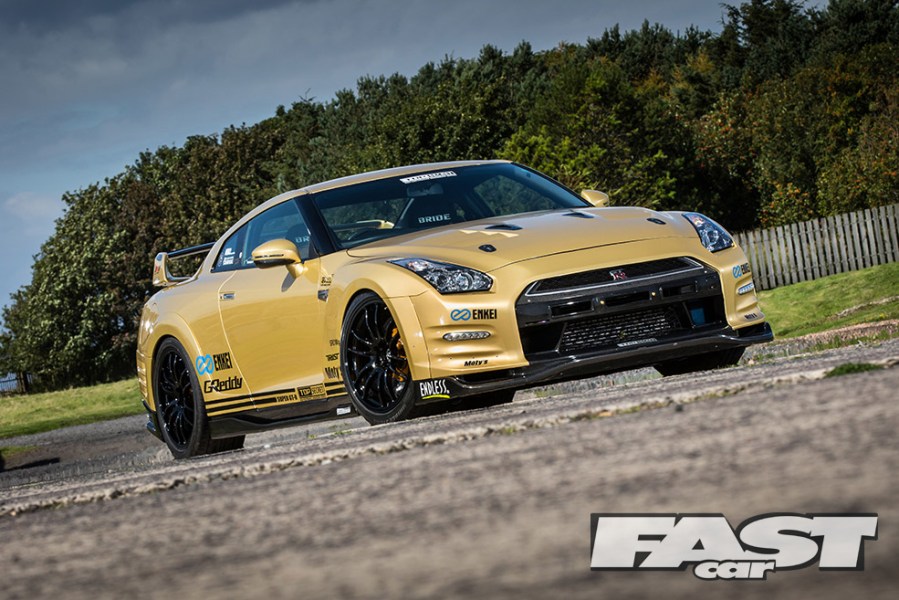
Nissan GT-R
If top speed is the ultimate goal of your project, there’s no better Nissan platform to start with than the R35 GT-R. This car arose from ashes of the Skyline GT-R model line, and elevated the GT-R badge into supercar territory. The reborn Godzilla came shrouded in a cloak of mystique when it was first launched, following rumors about its lab-engineered internals. Of course, it didn’t take too long for the brightest brains in the aftermarket to unpick those clinically-constructed components, and in doing so, they unleashed a whole new realm of performance possibilities.
The VR38DETT V6 engine has gone through various iterations with various power outputs since 2007, but the one thing that remains true about it is that with some creative engineering it’ll crank out 1000hp with ease, and potentially way more than that with a little help. When you combine all that grunt with its grippy all-wheel drive system, this Nissan has the potential to out-accelerate and out-gun any exotic supercar or butch muscle car you care to throw at it.
There’s an awful lot to be said about the R35 GT-R, but we’ve already covered most of it in some of our other articles. So, instead of re-hashing old ground, I’ll point you towards our R35 buying guide and R35 tuning guide. If you’re keen on getting one of these ultimate GT-Rs, those articles are simply a must-read.
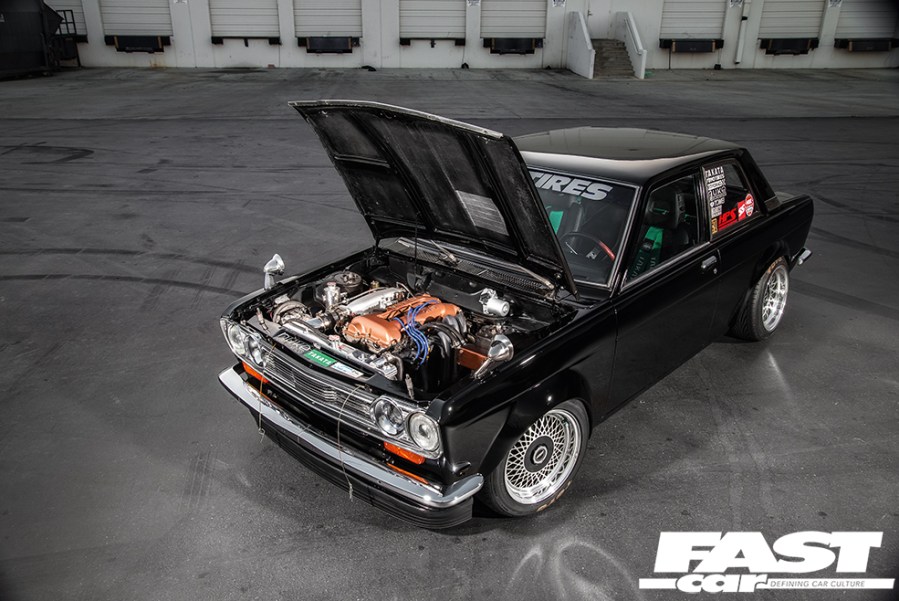
Datsun 510
Let’s slow the pace down a little bit, shall we? What if your idea of a cool project car is something a bit retro, a bit boxy, and a bit unassuming? Something which is unlikely to break many records, but will almost certainly put a smile on your face if you build it right. Well, if that sounds like the sort of project car you’re after, I present to you, the Datsun 510.
Midway through the 20th Century, small Nissan models entered production under the ‘Datsun’ brand name, and the compact 510 sedan was one of those small Nissans to do so. In Japan it was known as the Datsun Bluebird, but whatever you want to call it, this little sedan was fairly innovative for Nissan at the time. It incorporated tech like overhead cams and four-wheel independent suspension. As such, it’s a peppy little thing, and is good fun to guide through twisty corners, especially given its rear-wheel-focused drivetrain.
This isn’t the sort of platform I’d recommend going absolutely mad with though. Too much power and it’ll feel compromised. Too much in the way of styling revisions and it’ll lose its charm. Instead, if you’re going to have a 510 as a project car, I’d recommend simply enhancing each aspect of the original idea. That way, you can build yourself a charming little cafe racer to dart across town and back lanes in. Sometimes less is more, and I reckon this is one of those occasions.
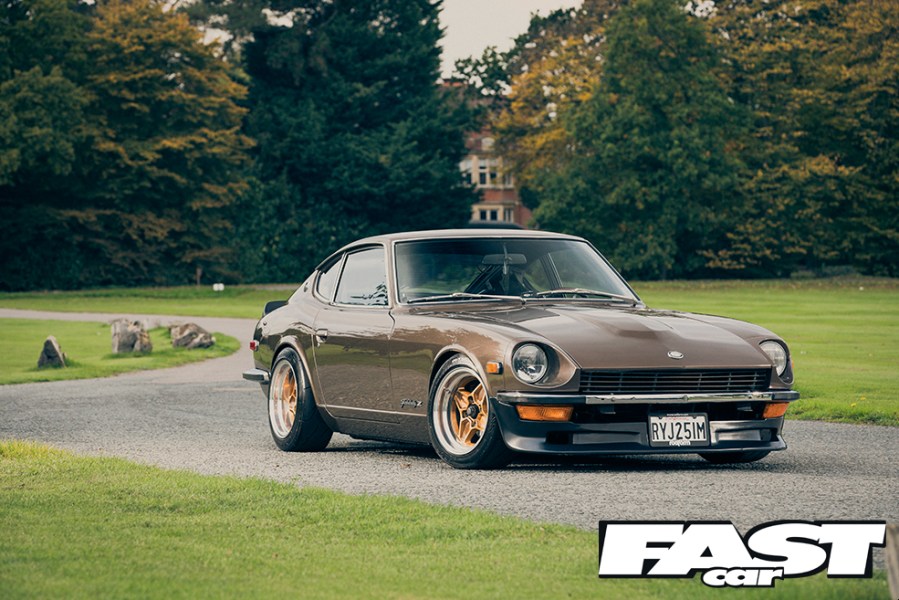
Datsun 240Z
Sticking with the retro theme for a moment, this has to be one of my favorite Nissan models of all time. The Datsun 240Z (aka Fairlady Z) is a timeless piece of design, with elements of European sportscars blended with other elements from the American muscle genre. The result is an unmistakable silhouette, and it’s not just me who loves these cars. In fact, since its this car’s arrival in 1969, the Nissan Z family has become one of the biggest-selling sports car lineages in the world. Nowadays, that’s pretty handy, because it means that it isn’t too tricky to source one of these classic Datsun originals.
Other than the cool exterior, what else is there to draw you to this car? Well, first, despite its age, don’t go thinking that it might be a bit fragile. See, the 240Z was engineered by Teiichi Hara and his team – the same group of people responsible for the Datsun 510 listed above. And, like the 510, the 240Z would go on to earn a reputation for impressive durability. In other words, as long as you take care of its maintenance, you can ask a lot more of this car than you would be able to with other classics. It contains the L24 engine, which is a six-cylinder re-invention of the 510’s L16 four-pot, engineered specifically for the Z.
Tuning potential
From the factory it came with 151hp, but there is plenty you can do to up that figure by a reasonable margin. Given its age, the aftermarket opportunities for the 240Z are rather more specialist – after all, we’re talking about an engine that still uses carbs. Though, one tip I can share is that some folks opt to swap out the L24 altogether, in favor of the larger capacity L28 six-cylinder that Nissan originally fitted to its Gloria and Laurel JDM sedans. With a bigger displacement, you’ll reap more rewards from any further mods you make. And, if you’re really struggling for inspiration, check out the Devil Z from anime/manga series ‘Wangan Midnight’. Although it’s a fictional vehicle, its spec sheet is based on real-life 240Z builds from the ’90s.
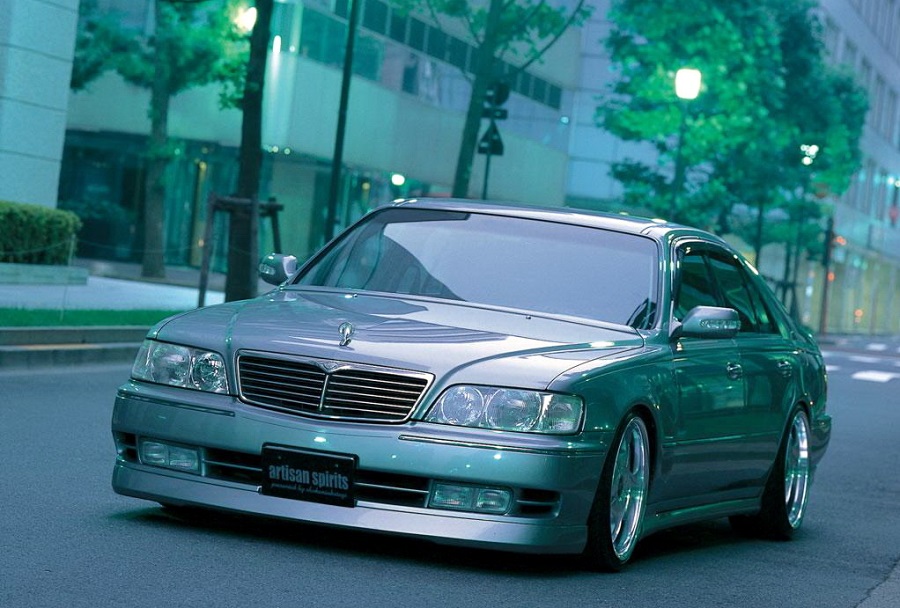
Nissan Y-Platform Sedans
One style of build that I haven’t really touched upon so far is the VIP genre. These are cars which take influence from the Yakuza’s vehicles of choice back in the day, i.e. relatively non-descript executive sedans with highly enhanced interiors. Of course, if you’re not a real Yakuza gang member, you don’t have to worry about anonymity, which has sparked the addition of subtle exterior mods to these ‘VIP’ cars as well.
If you want a Nissan to suit this style of build, the best place to look is the Japanese domestic market. Nissan produced a plethora of executive sedans across multiple decades, which rarely saw beyond Japanese borders. Built atop the Y series of chassis platforms, these cars include the Cedric, Cima, Gloria, and Leopard sedans.
Production of the Y platforms spanned between 1980 up to the mid 2000s, so when it comes to engines and body design, you’re spoilt for choice. If you want something that has an angular flavor to its style, I’d opt for one of the Y33-gen cars which came in the late ’90s. In particular, it’s worth looking for a Nissan Cima as pictured above, as these could be had with either a VQ30 V6 engine, or the VH41 V8. Or, if you’re in the US, an Infiniti Q45 of the same era will give you that V8 platform as well.
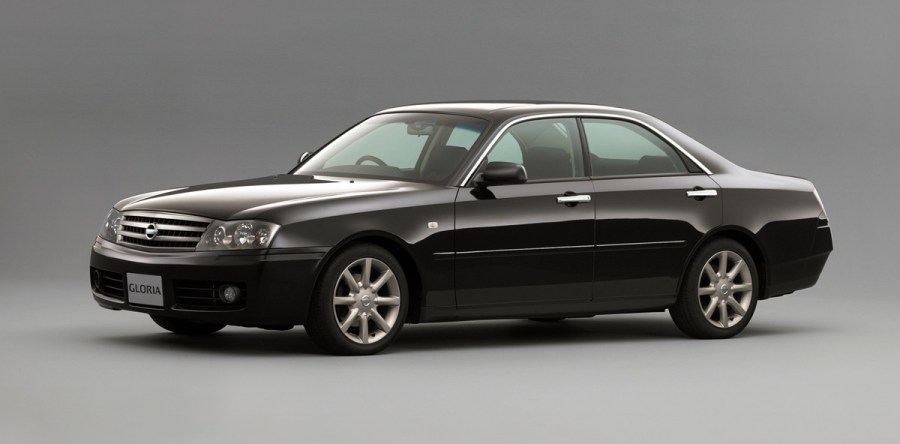
The Y34 aesthetic
Alternatively, if you want something a bit more modern with softer curves and better cabin tech, it’s worth considering the Y34-gen Nissan Cedric or Gloria. one of the top trim levels of those came with an RB25DET under the hood (and all-wheel drive), which as you’ll know from earlier in this article, is getting into Skyline territory. Stateside, this platform was known as the Infiniti M45, but again it was only available with a V8, rather than a six-cylinder. Whichever appeals more is down to you…

Infiniti G37
If you’re unaware, the Infiniti brand is a luxury off-shoot of Nissan, much like how Lexus is a luxury off-shoot of Toyota. However, it’s fair to say that Infiniti has never quite taken off in terms of reputation, compared to Lexus. As such, you can often get high-end Nissan tech at a relatively bargain price on the used market if you get something with an Infiniti badge on the front. The G37 is a great example of this.
Available as either a sedan (pictured), coupe, or convertible, the G37 is related to the Nissan 370Z but can be attained for a much more reasonable price. The styling isn’t for everyone, but if you analyze the core components of this platform, it starts to look like a no-brainer. The VQ37 six-pot is a charismatic and tunable powertrain that delivers 330hp out the box, and you have the option of a variety of body styles to suit your life requirements. You even get to choose between rear-wheel drive or all-wheel drive. I mean, what’s not to love?
Well, you could argue that the image is something not to love. G-Series Infiniti models, particularly the older third-gen G35 (like the one we took on tour through Europe!), have a bad rep for being driven anti-socially due to their affordable price tags. As a result, these cars are easy targets for people to hate on, especially in the States. But if you look past the noise, you’ll find a set of vehicles that are ripe for tuning and modification.
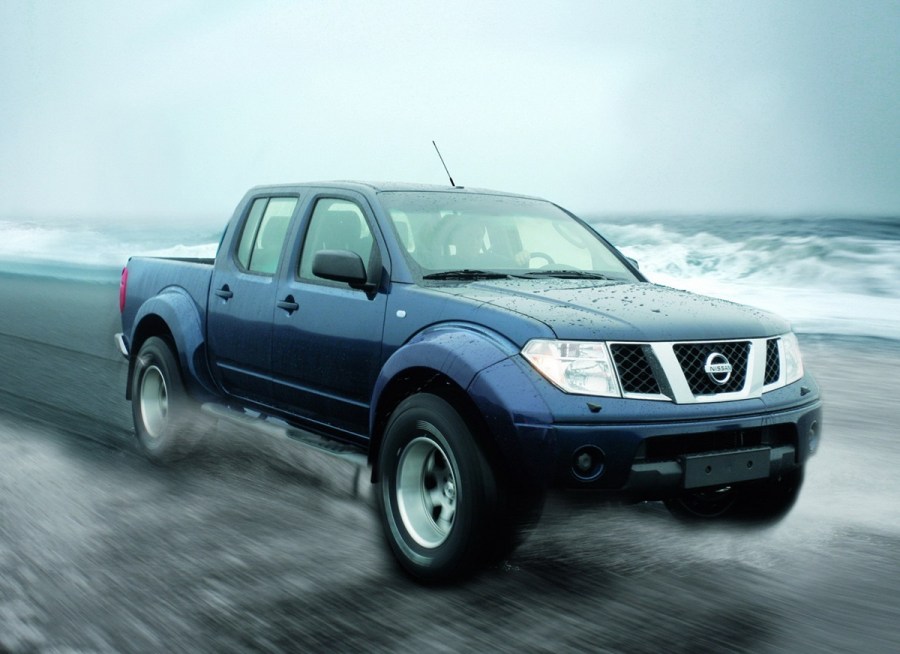
Nissan Navara / Frontier or Nissan Pathfinder / Xterra
To round up this shortlist, I’ll suggest one for any overlanding enthusiasts that might be reading this. Depending on which part of the world you’re in, this generation of pickup and SUV may have a different name or slightly altered aesthetics, but the core chassis and mechanics remain the same. The family of vehicles I’m referring to is the one based on Nissan’s F-Alpha platform, which is a rugged, off-road-ready body-on-frame design.
In most parts of the world, the pickup variant was known as the second-generation Navara (D40), though in the States it carried the Frontier name instead. On the SUV front, you’ll be wanting either a third-gen R51 Pathfinder or an N50-gen Xterra. Petrol engine options include the VQ38 and VQ40 V6s as well as a 2.5-liter four-pot, though there is a diesel I4 and V6 you can choose instead if you’d rather. Four-wheel drive is an option too, as is hill-descent control. Standard examples offer up to 12 inches of ground clearance, and some trim levels even have peripheral goodies such as skid plates. Naturally, to make it the best overlander it could be, you’ll want to beef up the suspension and add some extra lighting. But other than that, the F-Alpha platform SUVs and pickups are great vehicles for heading off the beaten path.
Of course, if you’re a bit mad, you could go down an entirely different direction with your F-Alpha build. To see what I’m on about, have a gander at Baggsy’s 1000hp Navara!

Need an SUV rather than a pickup? Get the R51 Pathfinder or N50 Xterra instead.

